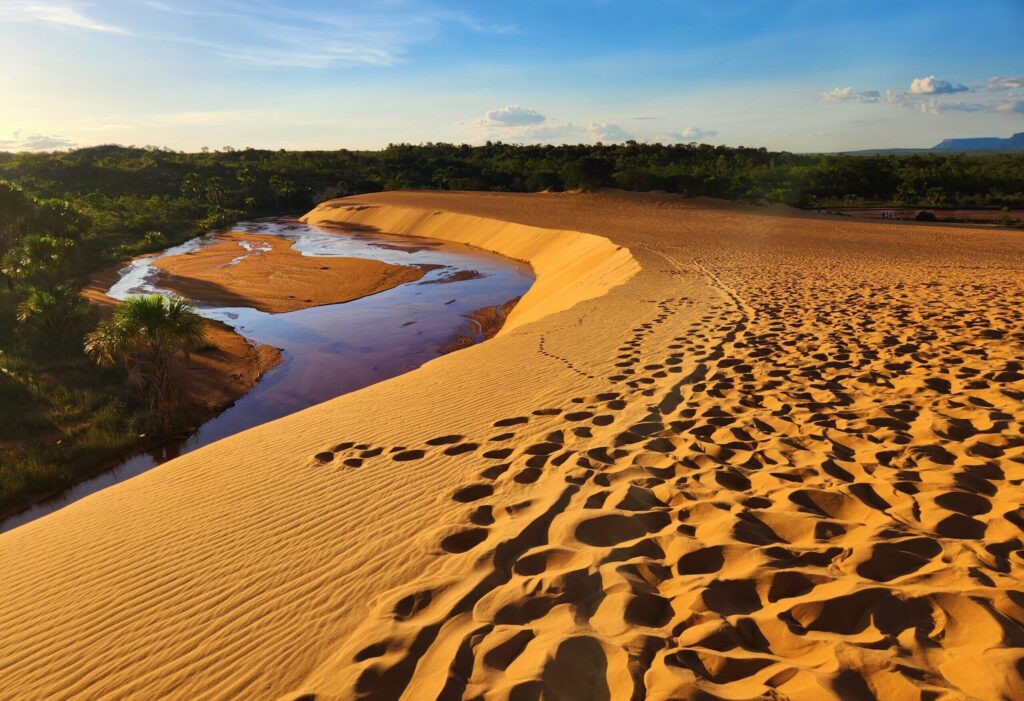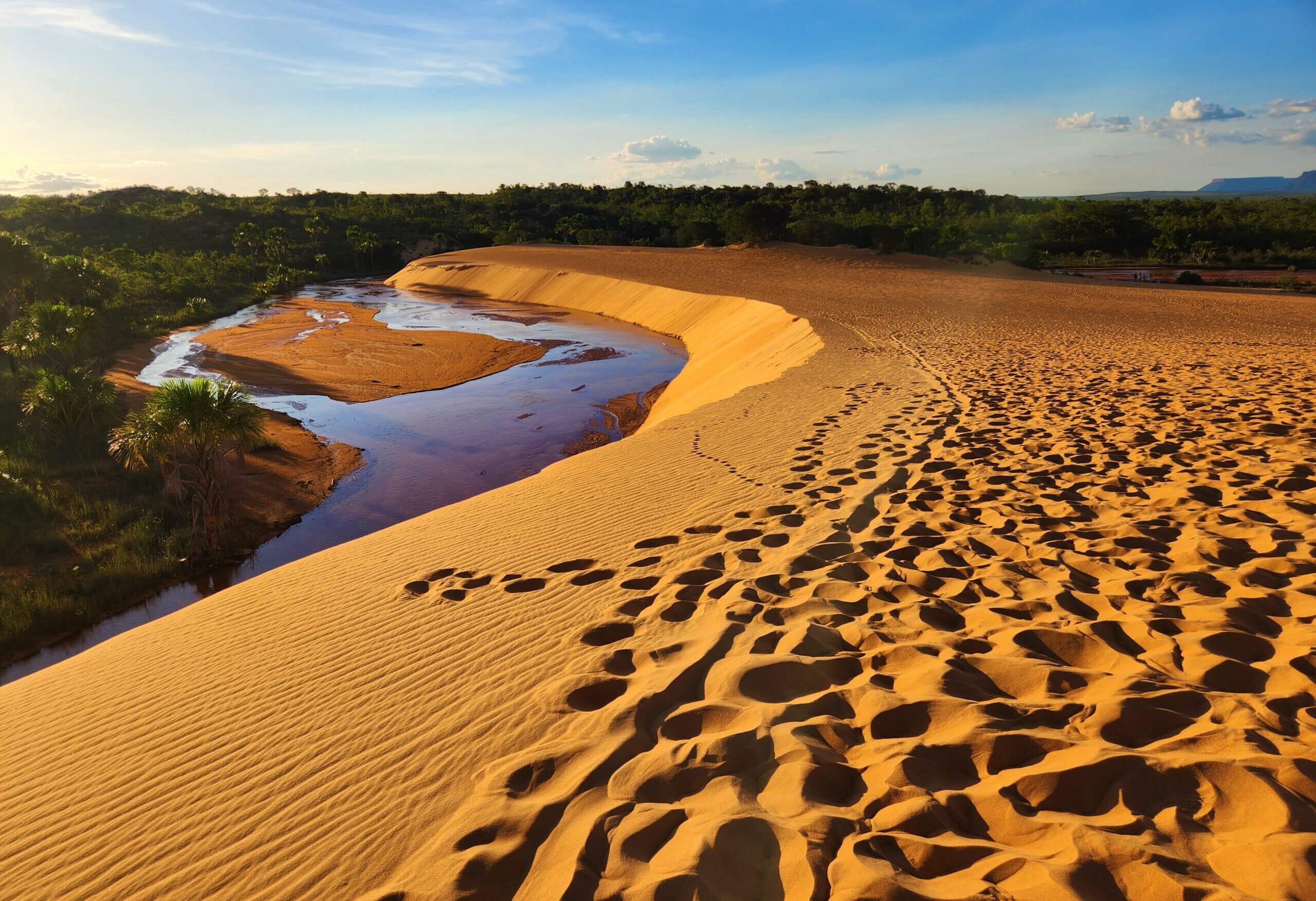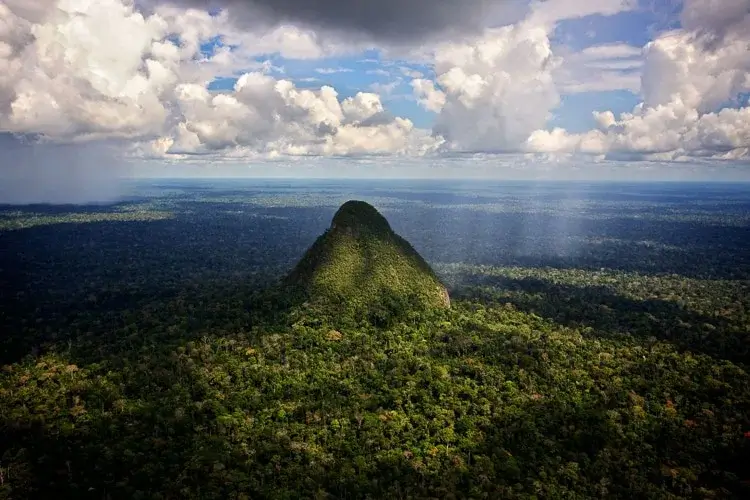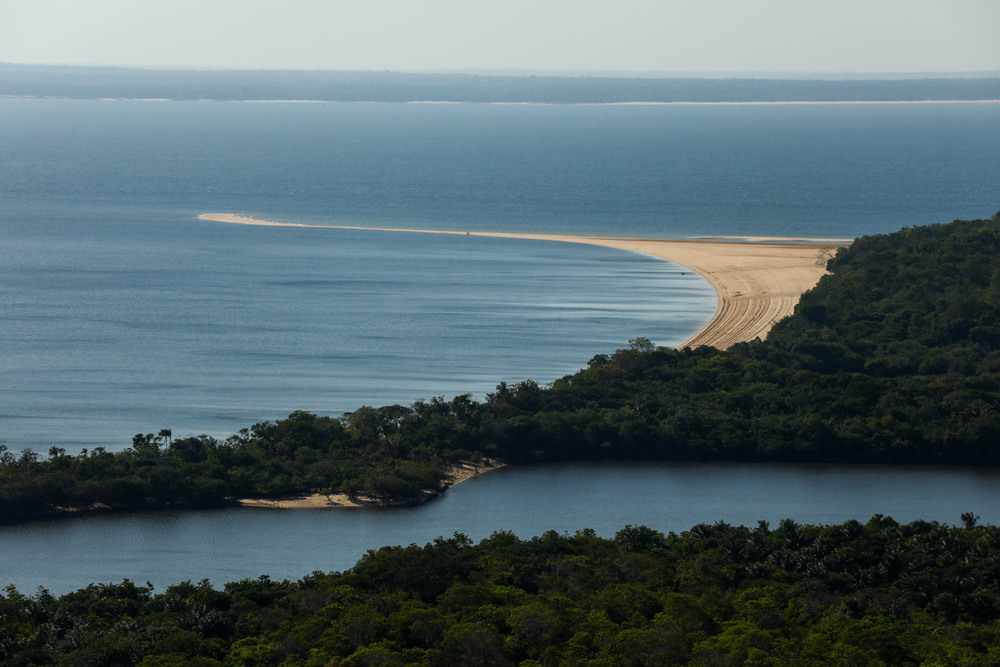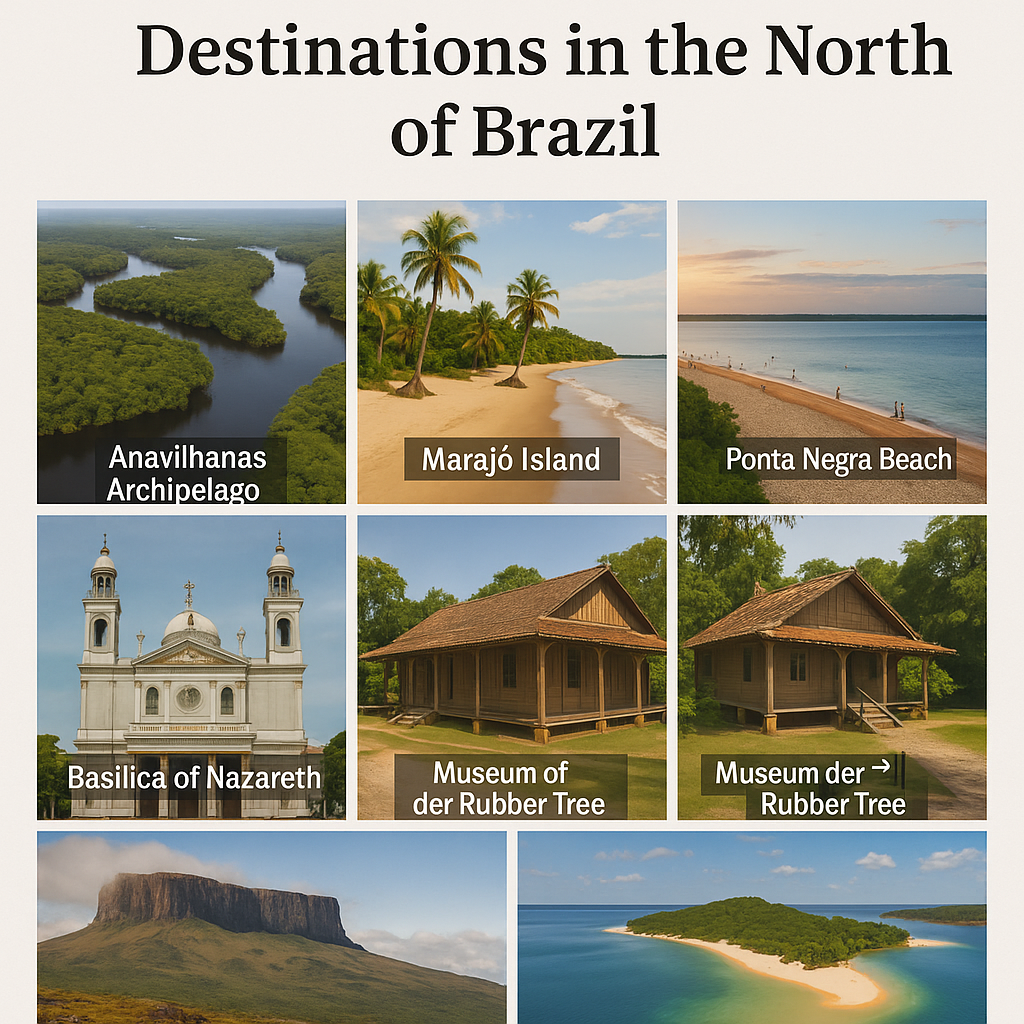Jalapão, located in the state of Tocantins in northern Brazil, is one of the most impressive and preserved natural areas in the country. Known for its breathtaking landscapes, with golden sand dunes, crystal-clear fervedouros (boiling springs), and lush waterfalls, Jalapão stands out as a destination for nature lovers and ecotourism enthusiasts. Let’s explore what makes this place so unique and special.
Location and Access
Jalapão is located in the central part of Tocantins, covering an area of approximately 34,000 km². Access to the Jalapão State Park, which covers much of the region, is primarily via dirt roads, requiring suitable transportation such as 4×4 vehicles. Despite the challenging journey, the reward is immense, with untamed and untouched landscapes that attract tourists seeking adventure and a deep connection with nature.
Natural Features
One of the main features of Jalapão is its diversity of landscapes. Among the most famous natural beauties are the imposing golden sand dunes, which stretch for kilometers, and the fervedouros—sources of crystal-clear water that bubble up due to underground water pressure. These natural formations are unique in the world and make the region a true ecological paradise.
Moreover, Jalapão is home to rich biodiversity, with various species of fauna and flora typical of the Caatinga and Cerrado biomes, two of the predominant ecosystems in the region. The vegetation is mostly composed of grasslands, cerrado (savanna), and small areas of forests, creating an impressive and varied landscape.
Must-See Attractions
Jalapão is full of natural attractions of great beauty. Some of the most famous include:
- Jalapão Dunes: One of the region’s postcards, the golden sand dunes are shaped by the wind and reach heights of up to 40 meters. The view from the top of the dunes is breathtaking, with an expansive landscape around.
- Fervedouros: Fervedouros are crystal-clear water springs, where the pressure from underground water creates a phenomenon that makes the water bubble without flowing, causing people to float on the surface. Some of the most famous fervedouros are Fervedouro do Ceiça and Fervedouro do Alecrim.
- Cachoeira da Formiga (Ant Waterfall): One of the most beautiful in the region, Cachoeira da Formiga features an impressive waterfall and a natural pool where visitors can refresh themselves.
- Serra do Espírito Santo: One of the best spots to contemplate the landscape of Jalapão, Serra do Espírito Santo offers a panoramic view of the region and is the ideal place for watching the sunset over the dune desert.
- Prainha do Rio Novo (Little Beach on the Rio Novo): One of the rare freshwater beaches in Brazil, Prainha do Rio Novo offers an incredible setting, with crystal-clear waters and white sand, perfect for relaxing and taking a refreshing swim.
Local Culture
Jalapão is also rich in culture, with various traditional communities living in the region, such as indigenous peoples and quilombolas (descendants of escaped slaves). These communities preserve traditional and sustainable lifestyles, often using natural resources carefully to ensure environmental preservation.
Additionally, the local culture is reflected in the cuisine, with typical dishes that make use of regional ingredients, such as pequi (a native fruit), rice with pequi, and delicious fruits typical of the Cerrado. Visitors have the opportunity to learn about and experience this culture during their trips to Jalapão.
Sustainable Tourism
One of the key features of Jalapão is its sustainable ecotourism. The area preserves its untouched nature, allowing visitors to enjoy its beauty without causing significant environmental damage. The activities in Jalapão are mostly related to adventure tourism, such as hiking, walking trails, and visits to natural attractions.
Tourism in Jalapão has been essential for the preservation of the region, promoting environmental conservation practices and supporting local communities, who find in tourism an important source of income, always focusing on respecting nature.
Challenges and Conservation
Although Jalapão is a relatively preserved area, it faces some challenges, such as the increasing pressure from tourism and the need to maintain the balance between economic development and environmental conservation. The lack of infrastructure in some areas and the rising number of visitors require continuous efforts to ensure that ecotourism remains a sustainable practice in the region.
Conclusion
Jalapão is one of Brazil’s most fascinating destinations, with landscapes that impress with their natural beauty and uniqueness. With its golden dunes, crystal-clear fervedouros, and rich biodiversity, the region stands out as a true ecological paradise. By visiting Jalapão, tourists have the opportunity to experience nature in a unique way while contributing to the preservation of one of Brazil’s most important ecosystems. The combination of adventure, local culture, and environmental preservation makes Jalapão an unmissable destination for nature lovers and ecotourism enthusiasts.
